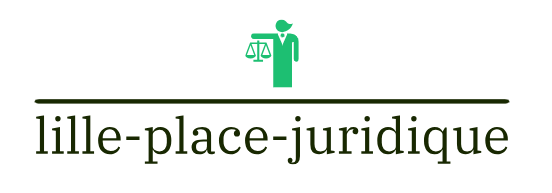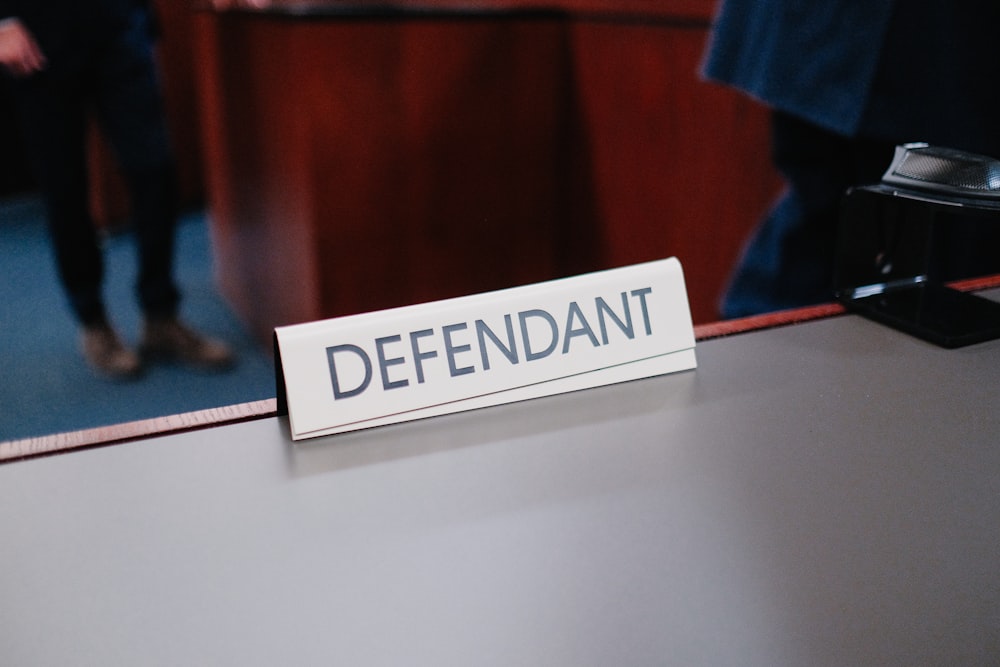Exploring the Complexities of LASIK Lawsuits
Introduction:
The realm of LASIK surgery has seen its fair share of controversies and legal battles. Navigating through the intricacies of LASIK lawsuits unveils a myriad of legal implications, shedding light on the challenges faced by patients, practitioners, and the industry as a whole.
Origins and Allegations:
LASIK lawsuits often stem from patients’ dissatisfaction with their surgical outcomes. Allegations range from claims of substandard surgical procedures to allegations of inadequate preoperative screening and informed consent processes. Patients may cite complications such as dry eyes, halos, or blurry vision post-surgery.
Legal Framework and Precedents:
LASIK lawsuits operate within the broader legal framework governing medical malpractice and patient rights. Courts examine the standard of care expected from LASIK surgeons, considering factors like the surgeon’s experience, preoperative evaluation procedures, and postoperative care protocols. Precedents set by previous cases also influence legal proceedings.
Challenges Faced by Patients:
Patients involved in LASIK lawsuits often face significant challenges. They must prove that their surgeon breached the standard of care or failed to adequately inform them of potential risks. Proving causation between alleged negligence and resulting harm can be complex, requiring expert medical testimony and evidence.
Impact on Surgeons and Practices:
LASIK lawsuits can have profound repercussions for surgeons and their practices. Legal proceedings may tarnish a surgeon’s reputation and lead to professional disciplinary action. Additionally, the financial costs associated with defending against lawsuits and potential settlements can be substantial, affecting practice viability.
Industry Accountability and Regulation:
LASIK lawsuits underscore the need for robust industry accountability and regulation. Regulatory bodies must ensure that LASIK surgeons adhere to established standards of care and provide patients with comprehensive preoperative evaluations and informed consent procedures. Ongoing monitoring and enforcement mechanisms are crucial for patient safety.
Patient Rights and Informed Consent:
Central to LASIK lawsuits is the issue of patient rights and informed consent. Patients have the right to receive accurate information about the potential risks and benefits of LASIK surgery, enabling them to make informed decisions about their care. Surgeons must ensure that patients understand the procedure’s limitations and potential complications before proceeding.
Navigating Legal Proceedings:
For patients considering legal action, navigating LASIK lawsuits requires careful consideration of various factors. They must consult with experienced attorneys specializing in medical malpractice and product liability law. Attorneys can assess the strength of their case, gather relevant evidence, and guide them through the legal process.
Implications for the LASIK Industry:
LASIK lawsuits have broader implications for the LASIK industry as a whole. They prompt scrutiny of surgical techniques, device safety, and informed consent practices. Industry stakeholders must proactively address patient concerns, improve safety protocols, and prioritize transparency to maintain public trust.
Conclusion:
In conclusion, navigating LASIK lawsuits involves grappling with complex legal and medical considerations. As patients seek accountability for perceived negligence or harm, surgeons and industry stakeholders must prioritize patient safety, adherence to best practices, and transparent communication to mitigate legal risks and uphold the integrity of LASIK surgery. Read more about lasik lawsuit





